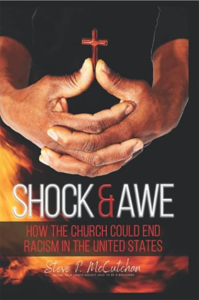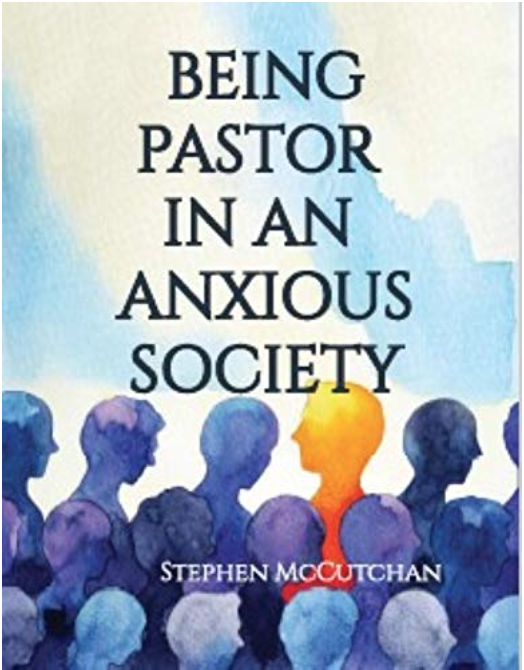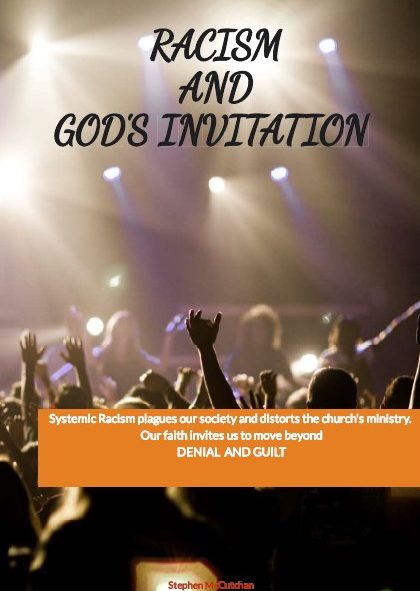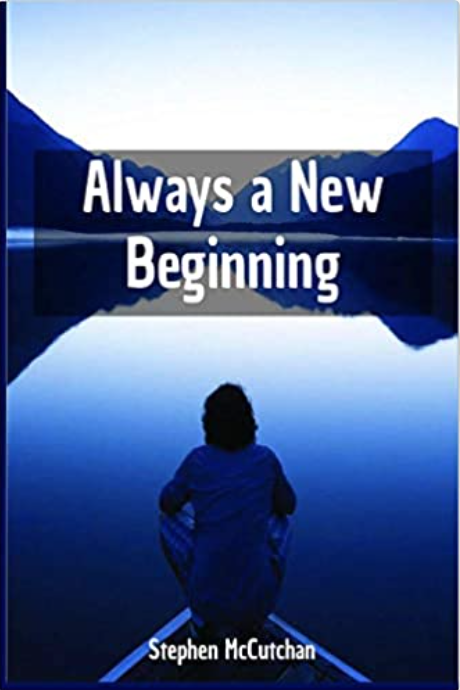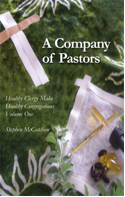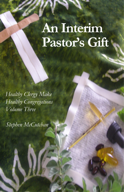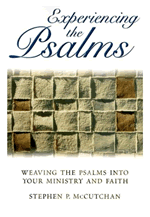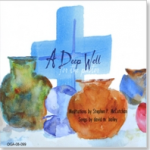THE BODY OF CHRIST IS HURTING
I will speak specifically of presbyteries, but what I say can be applied to any judicatory or church. Any Christian community is an expression of the Body of Christ. It is important for us to recognize that this applies not only to individual congregations but also to churches as they connect with each other.
Repeatedly we hear of the drop of membership among our churches and the reduction of financial support for the larger church. Recently I heard from a presbytery staff member that the whole staff was preparing itself to be laid off. This was not for reasons of incompetence or moral failure but lack of financial resources. Not long ago I heard of a presbytery that suffered major financial issues because the court held the presbytery accountable for a moral lapse of a pastor in one of their churches. Our brothers and sisters in Christ are hurting and as Paul reminds us in 1 Corinthians 12:26, “If one member suffers, all suffer together with it; . . .”
LEARNING TO GRIEVE AS A PRESBYTERY
What I want to suggest is that it is time for presbyteries to grieve but not without hope. I want to propose a specific design for how we can grieve together. It is important that we step beyond denial and learn to grieve together. What I am suggesting is that as the Body of Christ, we, like Jesus, take on the sins of the world, and Jesus, in his passion, has provided us a model for how we can do that faithfully.
In your meeting, divide those gathered into a series of sections. At each step of the procedure, each section will discuss among themselves and then have one or two spokespeople report to the plenary group.
STEP ONE
The first step, following Jesus model, is to name our pain. As the Gospels remind us in the passion of Jesus, so the Body of Christ experiences betrayal, denial, and abandonment. Both the religious and secular world mocks us as they did Jesus. This is not a time for denial. We feel real pain in such experiences.
An alternative approach would be to begin this process thinking about the whole denomination or even the worldwide church. Then at another meeting you could focus down on the presbytery.
Let each group discuss and then share ways in which the church is mocked, betrayed, denied, and abandoned in our society. Not every one will experience the same pain, but it is important to listen to those who are feeling such pain. As the groups share, make a master list that can be referred to later.
STEP TWO
Step two is the step of grief. This is not a time for fault finding. Not only are we sharing the experiences of pain, but we are also recognizing the feelings of grief that result. Recall that Jesus felt grief as expressed in his time in the Garden of Gethsemane. “I am deeply grieved, even to death;” (Matt 26:38) Encourage people to focus on the feelings – what it feels like to be the church that experiences this pain.
HEARING THE PAIN
Midway in their discussion, interrupt them and read aloud to the whole group the first 21 verses of Psalm 22. However, as you read it to them, substitute the name of your presbytery for the pronoun. “My God, my God, why have you forsaken (xxxx Presbytery) . . .”Allow them to hear the corporate pain of the Body of Christ.
Then allow them to continue their discussion and at an appropriate time, allow for sharing with the whole group.
As you follow Jesus on his journey to the cross, don’t pass too quickly to reflections based on the resurrection. Now that they have experienced some small group time, allow them to reflect on the events around the cross as speaking to the church.
THIRD STEP
You may want to recall that a challenge of pain and grief is that it tends to isolate us from one another. A third step would be to invite people to reflect on the ways that Jesus sought to strengthen the community of the faithful even as he experienced his pain and grief. Recall the last supper, the instructions about caring for his mother, and his final instructions to his disciples. You can reflect together how the Presbytery can act to build community during this stressful time. Encourage people to make specific suggestions and keep a list of them.
STEP FOUR
A fourth step recalls how Jesus was willing to trust God even when events went beyond his control. As Luke records it, “Then Jesus, crying with a loud voice, said, ‘Father into your hands I commend my spirit.’” (23:26) What does it mean for the church to commit itself to God for its future? How does the church support each other during the time between death and resurrection?
As the Gospels report, it was not at all clear to the disciples what form the resurrection would take. As Matthew reports (28:17) even later when they saw Jesus, still some doubted. Allow the body to discuss how to support those among their membership who are burdened by doubt as we await the form of resurrection God is preparing for the church.
LIVING THE RESURRECTION LIFE
Living the resurrection life does not protect one from pain and grief but it does allow us to share both our current grief and our anticipation of hope as a community. As a conclusion to this experience, you might invite them to hear the words of Psalm 23 but with the name of the presbytery inserted where appropriate.








